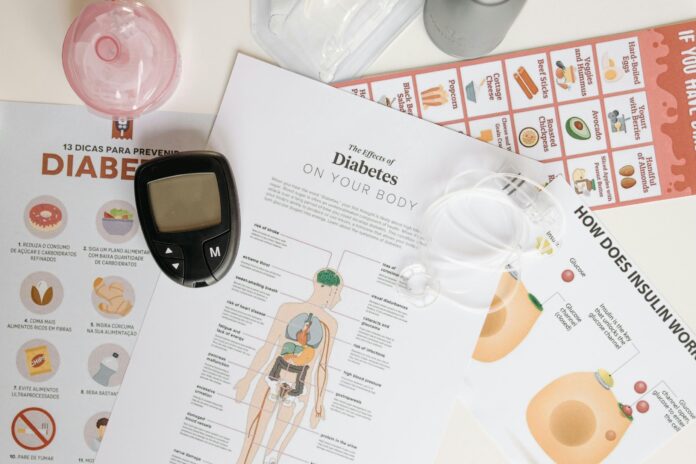Design is critical. This can be said for a lot of spaces; however, in the medical field, it’s not only vital but a good design can actually save a life. By pairing up with excellent medical field development partners, you not only give yourself the chance to exceed expectations but you also get to offer your patients far better products.
This is quite a big market and one that might seem a little daunting to begin with, which is why you should carefully read this article below to find out everything you need to know.
Why Medical Product Development Is Unique
Designing a product for the healthcare field is nothing like developing something in consumer electronics or fashion. You’re dealing with real people’s health, well-being and sometimes survival. As touched on above, that changes everything.
Medical product development demands high accuracy and reliability, compliance with strict safety standards, in-depth clinical testing and validation and a clear understanding of how healthcare professionals and patients will use the product.
It’s not enough for a product to be innovative or high-tech. It needs to work in real-world healthcare environments, which are often complex, fast-paced and heavily regulated.
What You Should Look for in a Development Partner
One of the most critical steps in your journey is choosing the right company to help design and build your medical product. For medical product development, the partner you choose can make or break your project, so this decision deserves serious thought.
In the U.S., the medical field is highly regulated. There are strict requirements for medical devices, whether it’s a Class I item like a basic surgical tool or a Class III device like a heart implant. If your development partner isn’t experienced with FDA regulations or doesn’t have the right quality certifications, you could run into massive delays, or worse, legal problems.
Here’s what to look for:
- A proven track record with medical product development
- Deep understanding of FDA approval processes and compliance
- In-house quality assurance systems that meet U.S. regulatory standards
- Experience working with medical professionals to gather real-world insights
- The ability to support both design and manufacturing for continuity
You want a company that not only knows how to build great products but also understands how to document, test and validate those products according to FDA guidelines.
Design with the End-User in Mind
Medical devices need to do more than function; they need to be intuitive, safe and comfortable for the people who use them. Whether your end user is a doctor, a nurse, a physical therapist or a patient at home, the product needs to make their lives easier, not harder. It’s not an easy job because you have to meet the needs of those inserting the item, like the doctors or nurses but then also do a job, like keeping a patient healthy and alive but then also offer longevitity within the body, so that it’s not something that need to be replaced often. Tricky? You can say that again.
That means asking questions like:
- Is the product easy to handle, even for someone with limited mobility?
- Can a clinician operate it quickly under pressure?
- Does the design reduce the risk of error?
- Is the interface clear and accessible for people with varying levels of tech experience?
Good design takes into account not just form and function but also the user experience in a healthcare setting. It’s not about making something solid, it’s about creating something that quietly, effectively supports better outcomes.
Testing and Feedback Are Non-Negotiable
One of the most important parts of medical product development is testing and not just in the lab. You’ll want real feedback from the people who will be using the product. That might mean setting up pilot programs in clinics or hospitals or getting feedback from patients during early-stage trials. It can take time and might feel overly-consuming to begin with, however, testing helps you catch usability issues before they become bigger problems, refine features that aren’t working as expected, gather the evidence you’ll need for FDA submissions and ensure the product is safe and performs reliably under stress.
Skipping or rushing through this part of development is a common mistake. It’s tempting to push forward quickly, especially if you’re excited about the idea. But getting this stage right is what gives your product staying power and credibility.
Don’t Underestimate the Importance of Documentation
When you’re working in a regulated industry, paperwork is part of the job. From design controls and risk assessments to clinical trial records and test reports, everything has to be documented and stored properly.
A reliable development partner will help you:
- Maintain clear, organized records from start to finish
- Prepare detailed documentation for FDA or other regulatory submissions
- Keep all quality and safety data accessible for audits or inspections
This might not sound exciting but it’s what keeps your product legally viable and safe in the eyes of the law.
Making an Impact Takes the Right Support
It’s easy to focus on the product itself, like the features, the technology and the potential. But your real success comes from how well you surround that product with the right process, people and compliance structure. Choosing a team that understands the U.S. regulatory landscape, values ethical design and knows how to balance innovation with responsibility is key.
Image by Pavel Danilyuk from Pexels
The editorial staff of Medical News Bulletin had no role in the preparation of this post. The views and opinions expressed in this post are those of the advertiser and do not reflect those of Medical News Bulletin. Medical News Bulletin does not accept liability for any loss or damages caused by the use of any products or services, nor do we endorse any products, services, or links in our Sponsored Articles.




